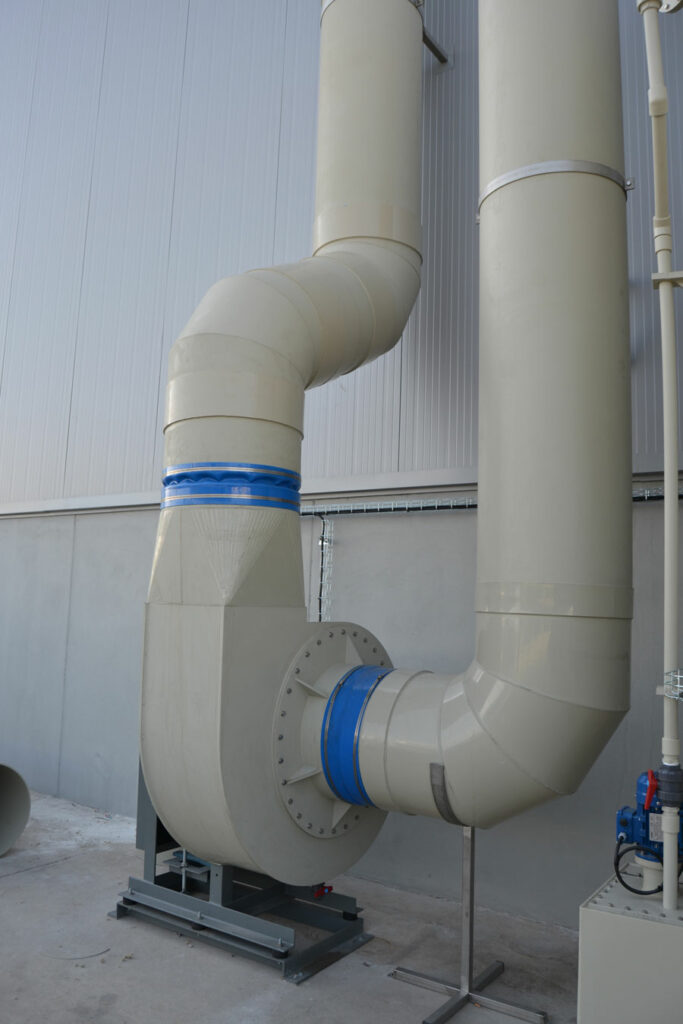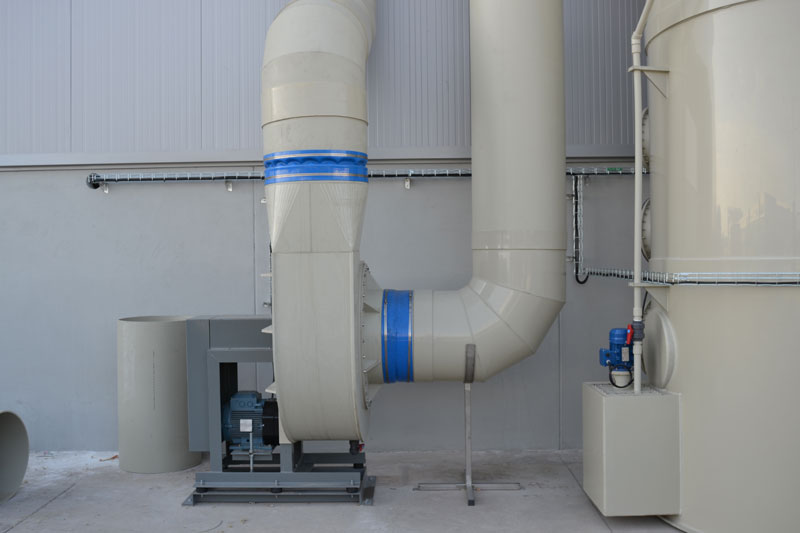The emission of foul industrial odors is often linked to production processes, for example in the paper industry, and oil and gas production, but it can also be due to wastewater treatment (due to the reactions that take place in the different types of treatments used).
Whatever the origin of foul odors, their elimination, or deodorization, is necessary in order to comply with environmental legislation and minimize environmental impact.
Different treatments can be applied for deodorization, the most commonly used ones are:









